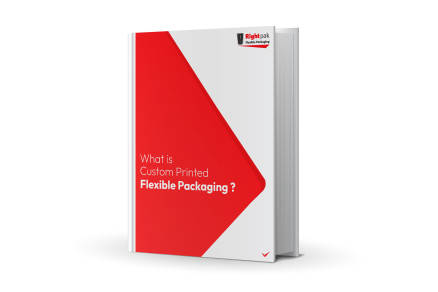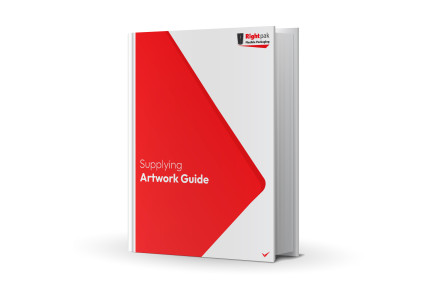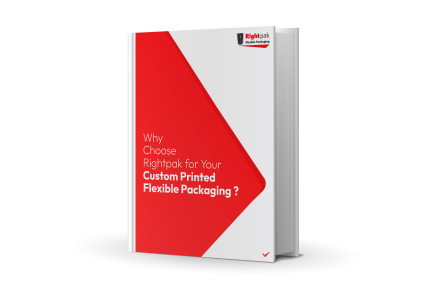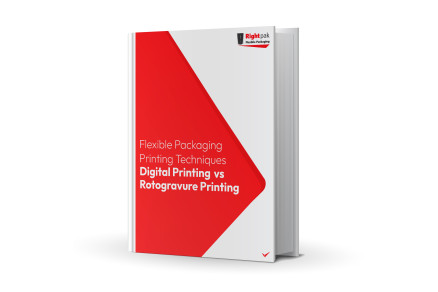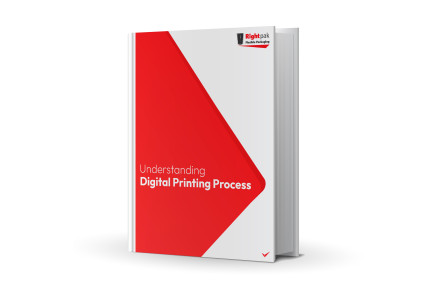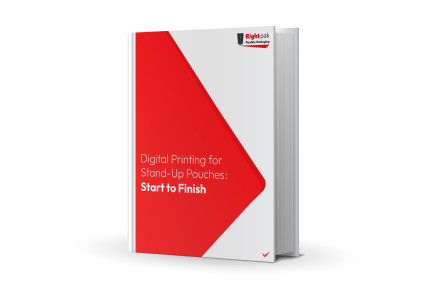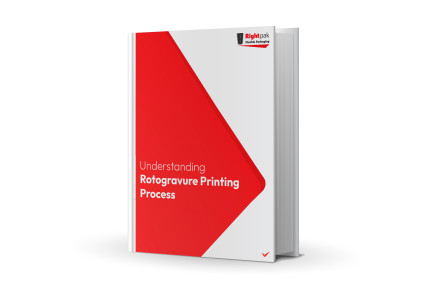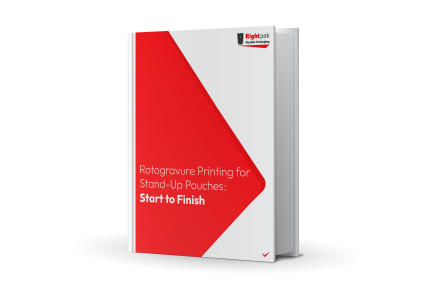Supplying Your Artwork To Us
We've put this guide here at RightPak to assist you with the provision of supplying your artwork to us to avoid delays and to ensure your print production ends up looking great. Please take a few minutes to review this document and its considered actions.
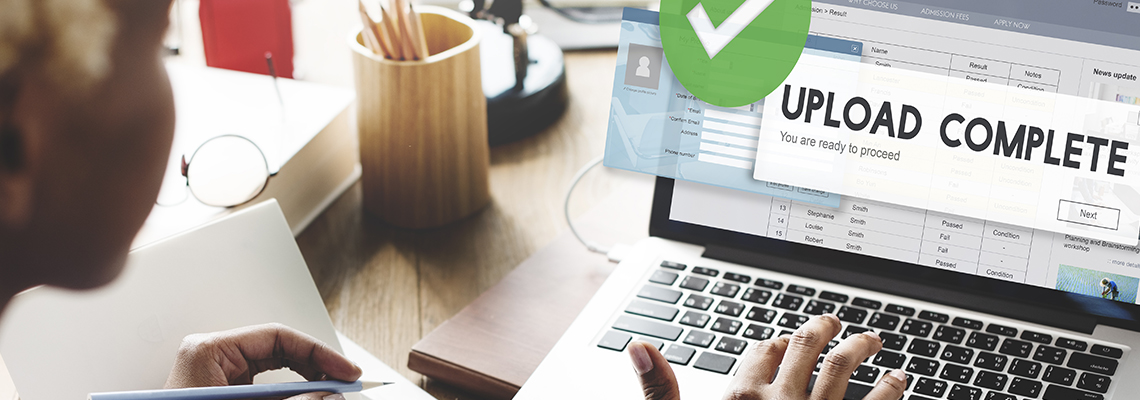
File Formats
We have certain criteria that is required to receive your artwork in a production level quality. It doesn't matter what software you create your artwork in as long as the delivered file to us meets our requirements which we'll detail here on this page. Your file must be set to the correct print size with bleed around the edge and in the correct colour mode.
We accept PDF, EPS and JPG file formats.

Resolution
When supplying artwork for print production, it's crucial to ensure that your files are set to a resolution of 300 dots per inch (dpi). This high resolution guarantees that your images and text will appear sharp and detailed in the final print. At lower resolutions, such as 72dpi (standard for web images), printed materials can look pixelated and blurry, which detracts from the professionalism and quality of your work. By providing artwork at 300dpi, you ensure that every element of your design is crisp and clear, maintaining the integrity and impact of your visuals. This standard is essential for achieving the best possible print results.
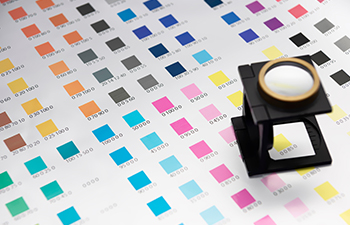
Colour
You should provide you artwork in CMYK and not RGB. Our production uses the colour process of Cyan, Magenta, Yellow and Black. If you supply your artwork in RGB format, this will lead to colour changes within your print production that can give you unexpected results.
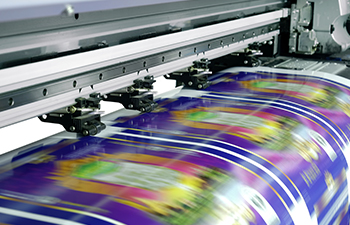
Artwork Bleed
When preparing artwork for print production, it's essential to include a 3mm bleed on all sides of your design. This bleed area ensures that there are no unwanted white borders when the final product is trimmed to size. By extending the background color, images, or design elements beyond the trim line by 3mm, you account for any minor inaccuracies in the trimming process. This extra margin guarantees that the final printed piece looks polished and professional, with the design seamlessly reaching the edges. Clients working with print production companies should always incorporate this bleed in their artwork files to avoid any issues with the final product's appearance.
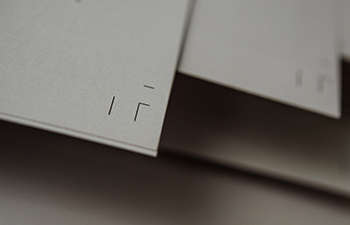
Crop Marks
Including crop marks in your artwork can be very helpful, although they are not strictly essential. Crop marks are small lines placed at the corners of your design to indicate where the paper should be trimmed. These marks guide the print production company in cutting your artwork to the correct size, ensuring precision. While professional printers can often work without them, especially if a proper bleed is included, crop marks add an extra layer of clarity and accuracy to the cutting process. By providing these guidelines, you help the production team deliver a cleaner, more accurate final product.

